The term partnership is much used, and much misused. A true partnership between two commercial organisations means you have the same goal, you collaborate, and you both shoulder some of the risk (and share the reward).
In many technology service providers, there’s little appetite for real partnership. It’s much easier to take a brief from a client, focus on how you deliver against it and not really think about the why, or the ultimate outcome. And certainly not to share risk, beyond penalty clauses for things like late delivery or service downtime. It’s how most outsourcing relationships work, and for some client organisations it’s the approach they want.
But more and more, we’re seeing clients come to us because we focus on the ‘why’, not the ‘how’. They talk to us about what they want the ultimate outcome to be, and they want us to challenge their brief – is it going to produce the result they want?
There are lots of definitions of the word partnership, but most include shared responsibility and accountability. This, for me, is key to building a partnership with a client. If a client comes to us and says: “we want to add a new revenue line,” or “we want to transform customer experience in order to boost sales,” then we can collaborate with them on the best way to deliver that outcome through technology. There’s nowhere to hide if it doesn’t work – either there’s more revenue at the end of the project, or there isn’t.
In financial terms, that could be a partnership based on a risk/reward-based payment structure. For example:
- Making a percentage of your fee reliant on results. If the project doesn’t deliver, you lose a percentage of the fee. If it delivers, you gain an additional percentage. It should be a meaningful amount, but not so much that it drives the wrong behaviours;
- If a project is late, you might forfeit a percentage of fee, but roll it over to the next project (this works well if you work on a fixed capacity basis);
- Moving away from the concept of ‘bodies’ on a project. Again, this means focusing on outcomes right from the start. The incentive should be to deliver the outcome, not to prolong the project;
- Working to an investment model. In some cases, this could work really well – investing a small percentage of revenue into the product or service means there is a clear incentive for it to deliver for the client, and therefore for the partner as well;
- Joint bids with clients. We work like this with one of our clients, where they provide a technology platform to their clients, but we do all the integration work, so we pitch with them for the business. We invest in that time up front (the risk), and share the reward if the bid is successful.
In relationship terms, the key component to a partnership is trust. In order to gain trust, you have to prove yourself – so sometimes you might start out the relationship in a more traditional client/supplier way, and then move to a partnership once the trust is established. We have many clients where we’ve started out on a project and then once that has delivered, and the client sees how we work, we can do more for the business, sharing accountability for the successful delivery of a project. This has been the biggest reason for our growth, too.
Partnership is a core value of ours at Zenitech – we work in partnership in many different ways with our clients, sharing risks, collaborating, and building outcomes together. We’ll be examining some of these themes over the coming months, and looking in detail at what partnership means in practice.





